
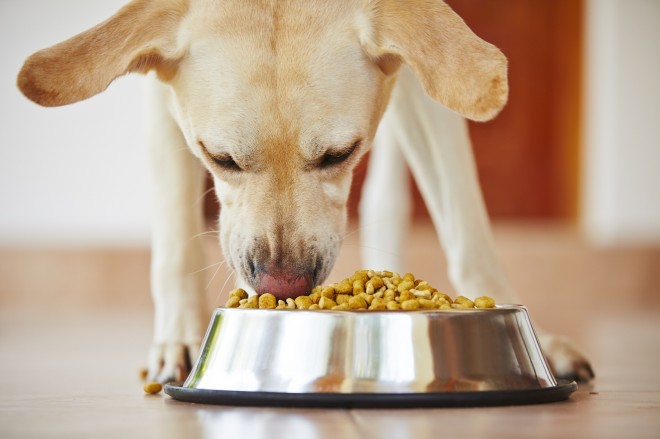
Common and wise advice for feeding dogs speaks about feeding in a routine and not swapping products ad-hoc, or suddenly making changes to your dog’s diet. However, we as people know that we would soon get incredibly bored of eating the same meal every time, for three meals a day, seven days a week, and surely the same is true for dogs? Dogs can and do get bored with their food, or go off something that they once loved due to the monotonous same-ness of each of their meals.
So, is there anything that can be done about this to keep your dog’s meals appealing and varied, but without upsetting their digestive balance and causing problems by constantly introducing new things? Perhaps you should consider rotation feeding!
Rotation feeding or diet rotation for dogs involves following holistic nutritional philosophies that provide a varied diet, such as by varying the types of proteins fed, and the form that the food comes in; such as tinned, dry, moist, and various others. This lets your dog enjoy a range of different textures and flavours as part of their meal, and allows you to vary their diet on a daily or weekly basis.
Some of the benefits of rotation feeding for dogs include:
Rotation feeding should be carefully planned and properly managed, otherwise you will essentially just be changing your dog’s meals regularly for no good reason, which is not a good thing to do.
Exactly how you feed a rotation diet, how many products make up the diet and how often you swap and change will largely depend on how you want to go about things, and you should take your cues from this by examining how your dog is getting on with the diet, and their health and condition.
This can mean careful monitoring of your dog’s weight and the quality of their stools, as well as keeping an eye open for signs of improvements or otherwise in their general condition.
One way to work diet rotation is by beginning with a brand that offers a large range of products, such as more than one flavour of kibble and several flavours of tinned or wet food. You can usually integrate a rotation diet very easily in this way, by working only with the products from one specific range, without risking digestive upset.
If you change between brands and types of foods, it is important to phase each food in and out over time; take a few days between changes to mix the food you are finishing with the food you are starting, so that this does not provide a shock to your dog’s system.
Also, do not jump from tinned to dry products, as the change in texture and fluid levels can lead to diarrhoea. Mixed kibble and wet food is generally the best way to feed a diet of this type.
It is worth noting that rotation feeding involves change, not just variety; so buying four different types of food and mixing them altogether in one meal that is fed for every meal, is not rotation feeding per se, but can, on the other hand, help to provide variety for your dog in a rather different way.
 Side rails as well as pops with Horse fences make constructive impact
Side rails as well as pops with Horse fences make constructive impact
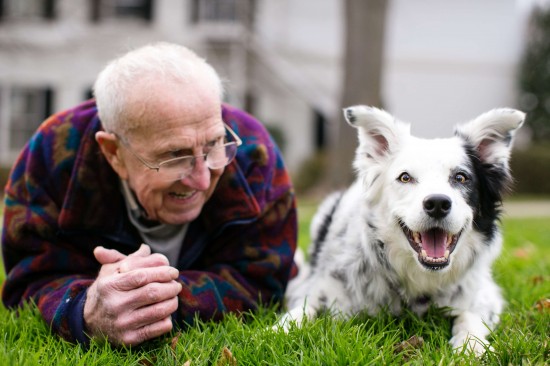 Chaser : The Amazing Border Collie Who Understands 1000 Words & More!
Chaser : The Amazing Border Collie Who Understands 1000 Words & More!
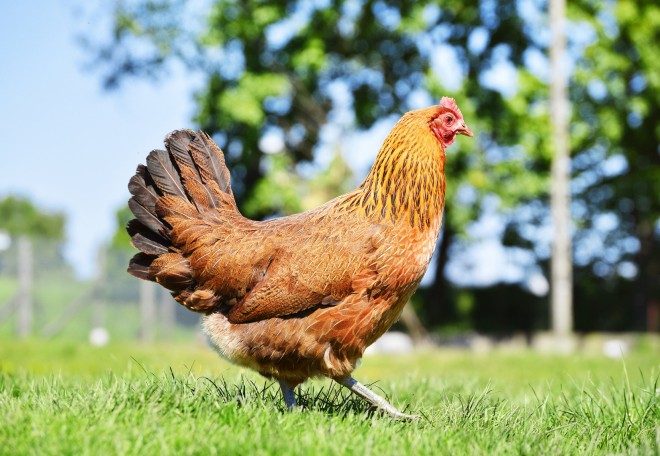 The Benefits Of Feeding Apple Cider Vinegar To Chickens
The Benefits Of Feeding Apple Cider Vinegar To Chickens
 Are Some Breeds Of Dog More Susceptible To Cancer Than Others?
Are Some Breeds Of Dog More Susceptible To Cancer Than Others?
 The Five Most Important Training Commands To Teach Your Dog
The Five Most Important Training Commands To Teach Your Dog
 Pet Supplies in Uncommon Places
Pet Supplies in Uncommon Places
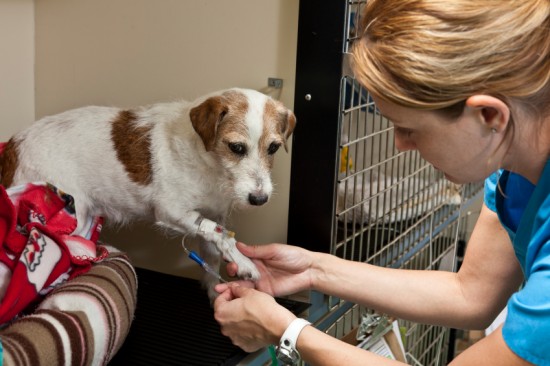 Canine Parvovirus
Canine Parvovirus
Canine Parvovirus
Canine Parvovirus
 Biotopes; Putting Your Fish Into A Natural Environment
Biotopes; Putting
Biotopes; Putting Your Fish Into A Natural Environment
Biotopes; Putting
 Is A Siamese Cat The Right Pet For You?
Is A Siamese Cat
Is A Siamese Cat The Right Pet For You?
Is A Siamese Cat
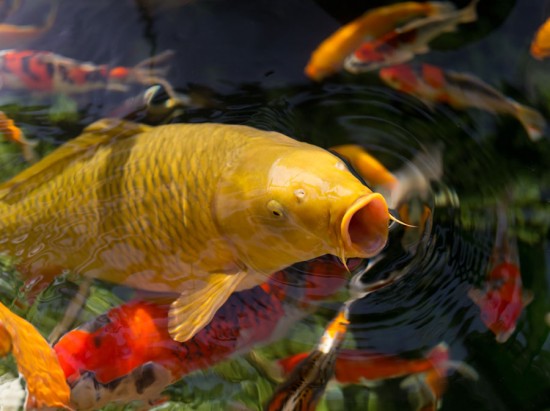 An Introduction To Koi Carp
An Introduction T
An Introduction To Koi Carp
An Introduction T
 Chicken coops are a great way to become more independent
Chicken coops are a great way to become more independent
Chicken coops are a great way to become more independent
Chicken coops are a great way to become more independent
Copyright © 2005-2016 Pet Information All Rights Reserved
Contact us: www162date@outlook.com